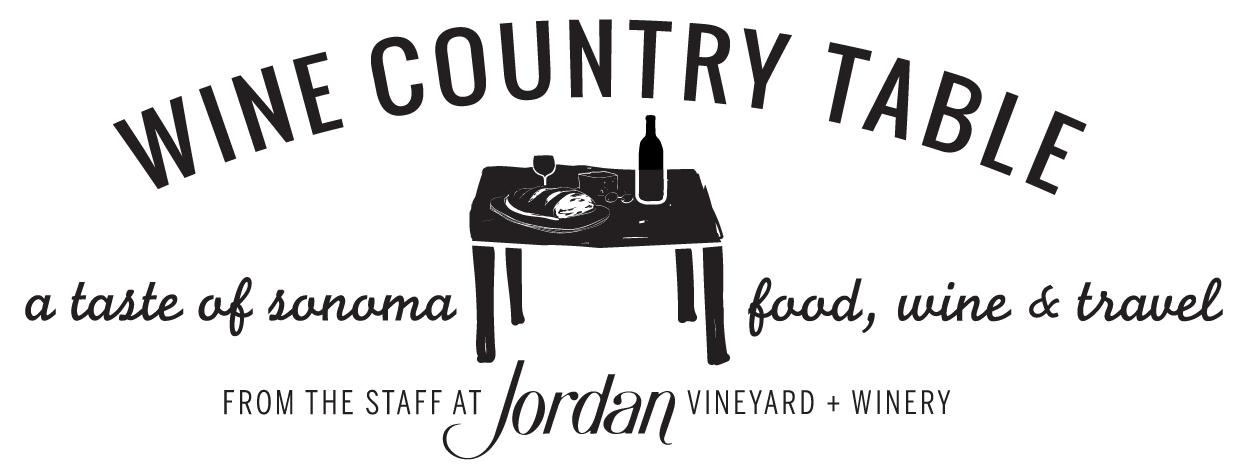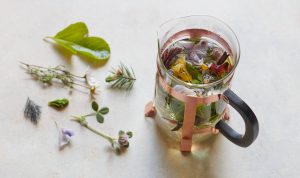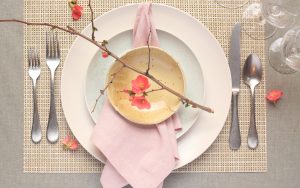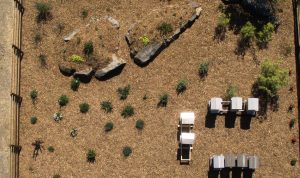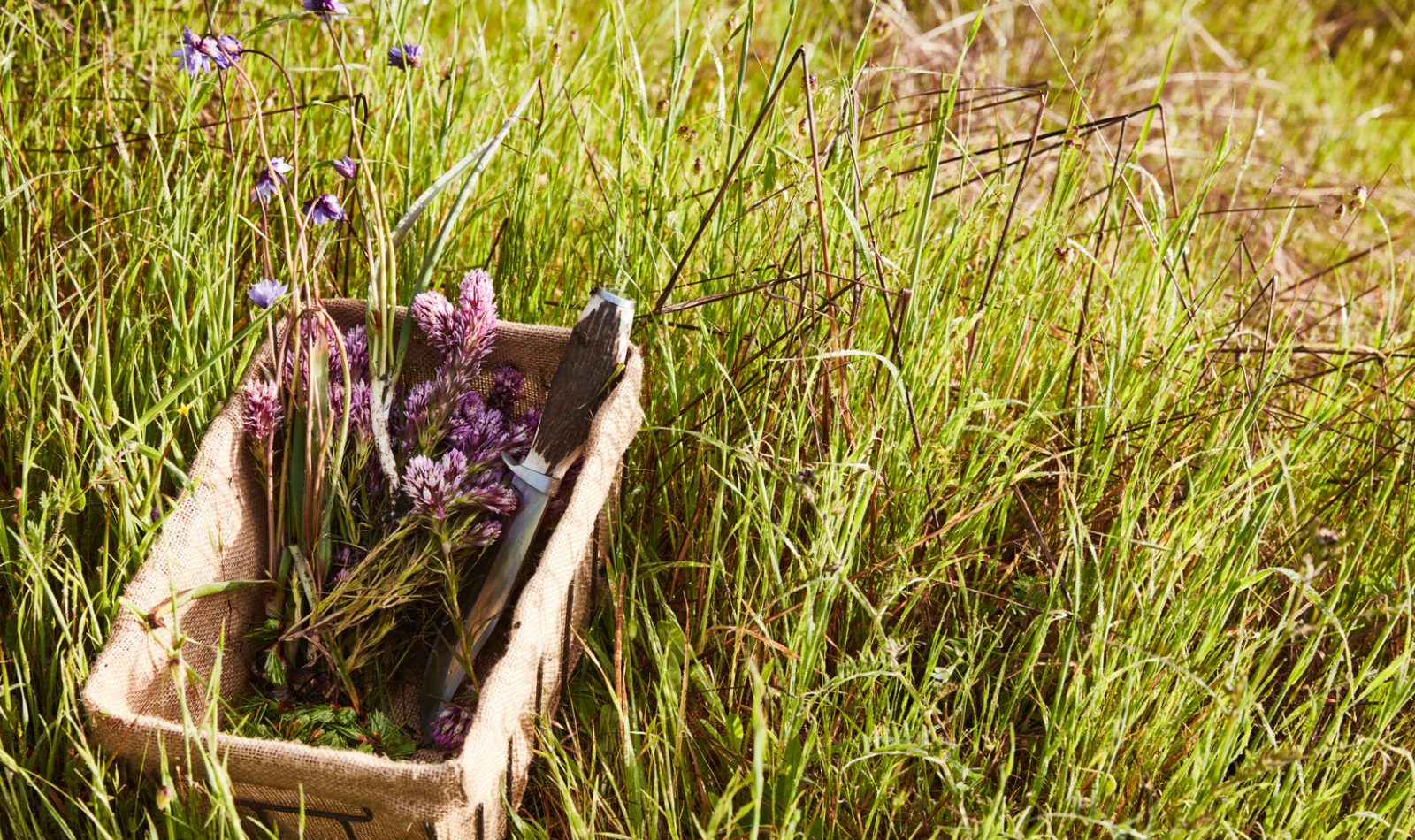
Beginners’ Foraging Guide: Four Foraging Tips from a Wine Country Chef
During his tenure as executive chef at Jordan Winery, Todd Knoll has become an expert in foraging. He shared his foraging guide tips for beginners in the first edition of Wine Country Table magazine. Here are four of the forager lessons he’s learned along the way.
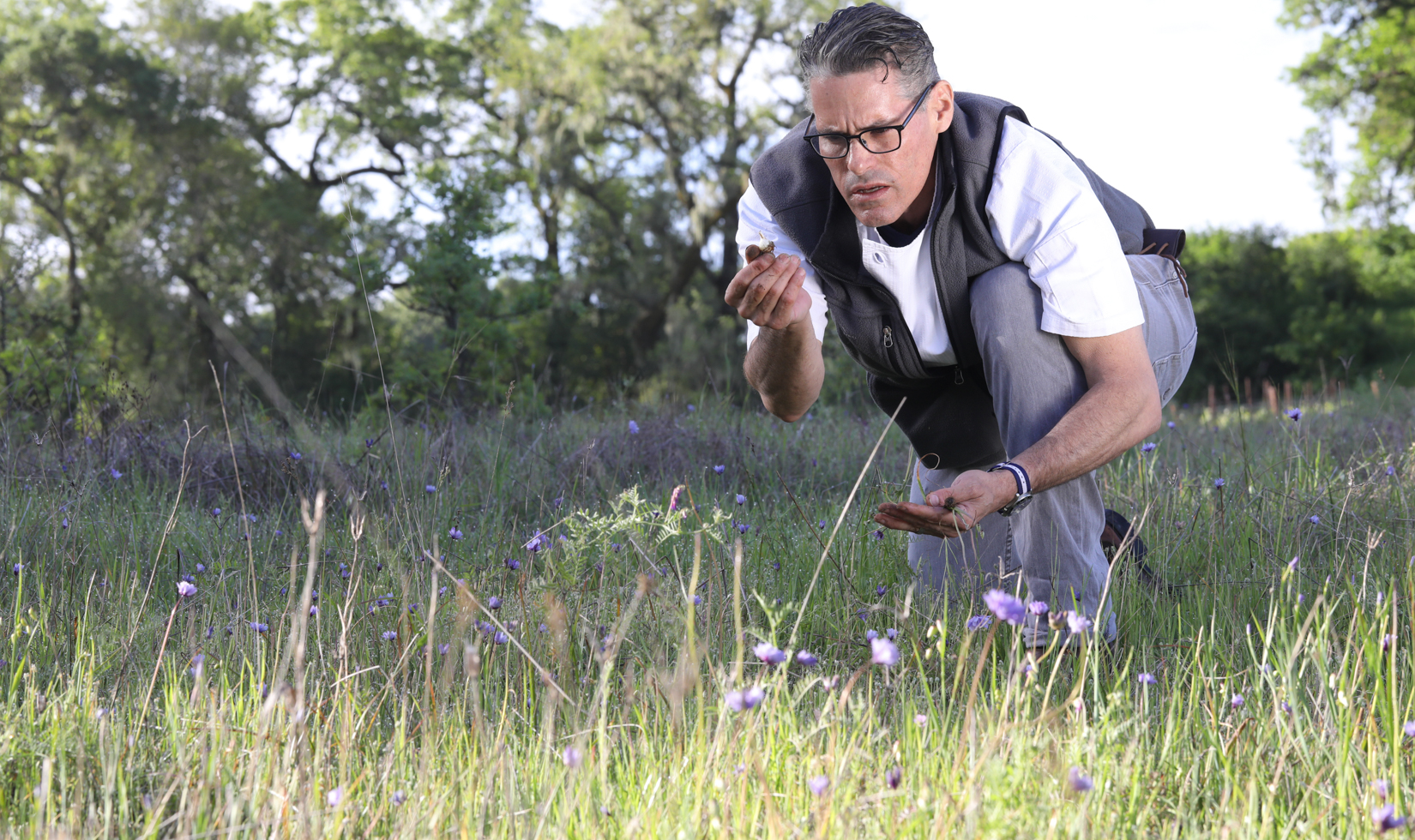
1. Keep your eyes open.
Foraging is not an activity for those who like to daydream; the most successful foraging trips are those in which you are focused on what to look for and identifying what you see. Knoll notes he often doesn’t say a word when he’s foraging. That’s by design.
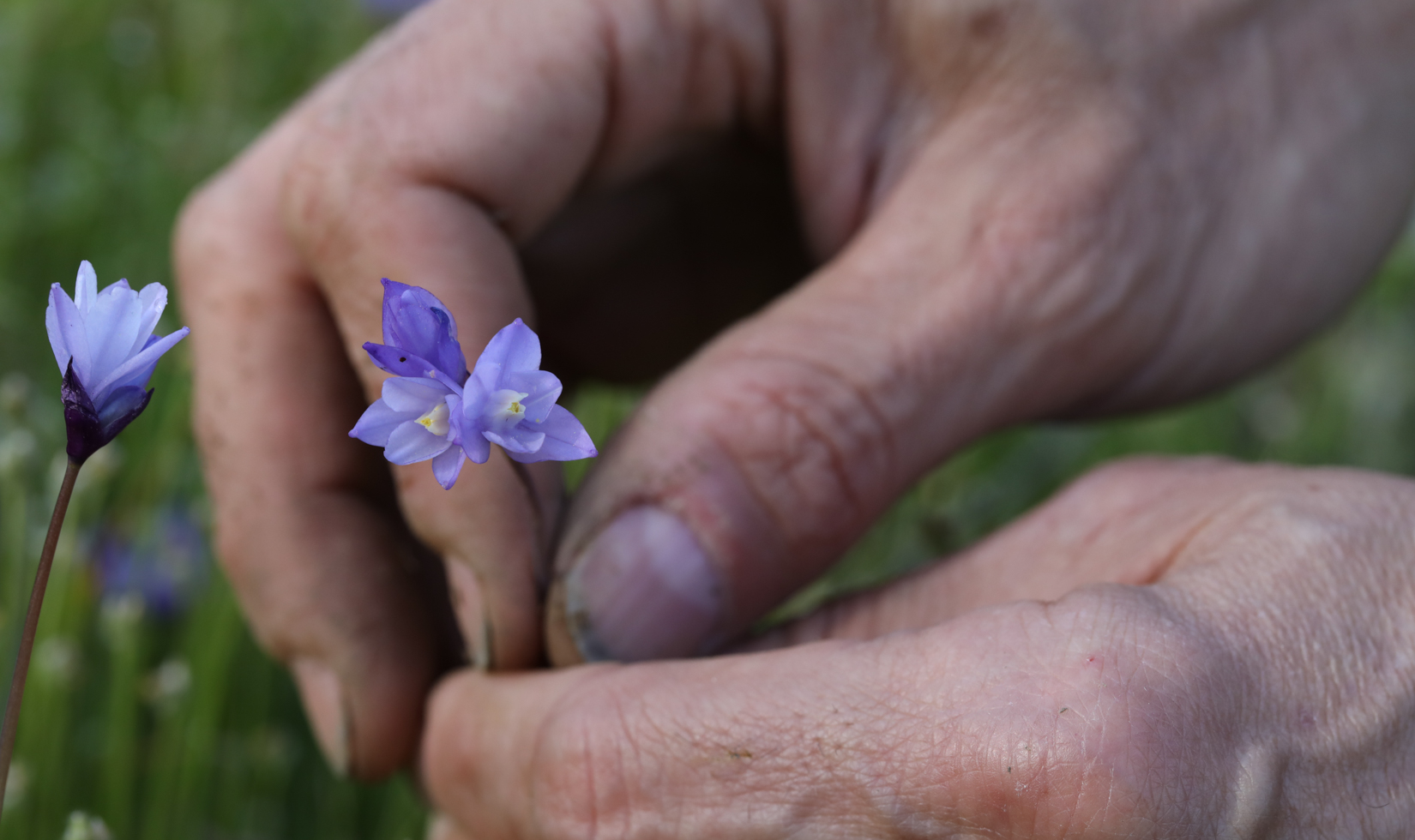
2. Know your wild things.
Always carry a field foraging guide so you know what you’re harvesting, from flowers and plants to herbs and fungi. This approach serves two purposes: it keeps you from picking and consuming poisonous materials, and it keeps you informed about which items pack a flavorful punch.
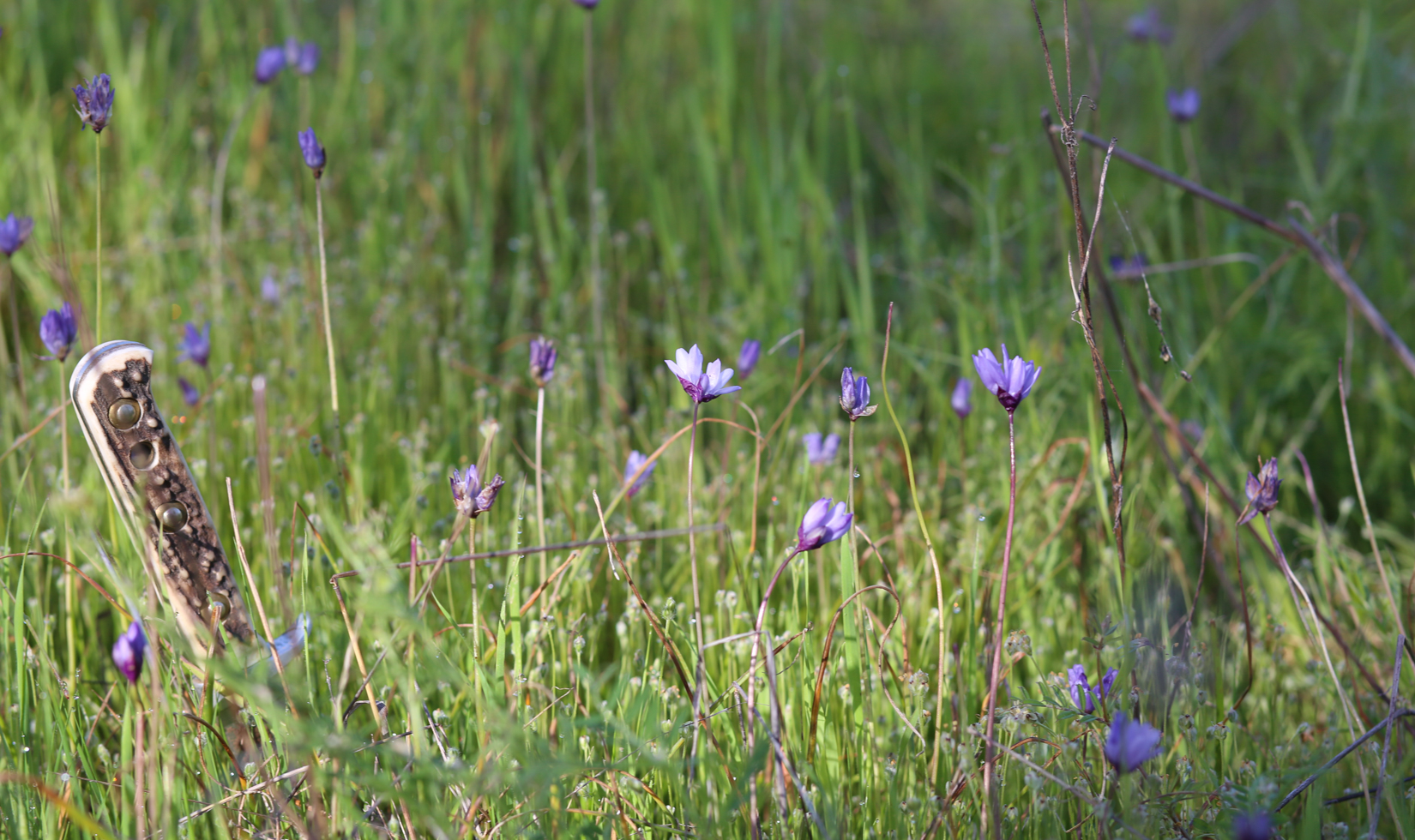
3. Go prepared with foraging tools.
Make sure you head out into the forest with the proper tools. Knoll always brings a small machete called a yacare. Other foragers bring heavy-duty clippers or an X-ACTO knife. There are no right answers here; so long as your tool is portable and sharp, it should do the job. You’ll also need a small basket or cloth shopping bag that you don’t mind getting dirty.
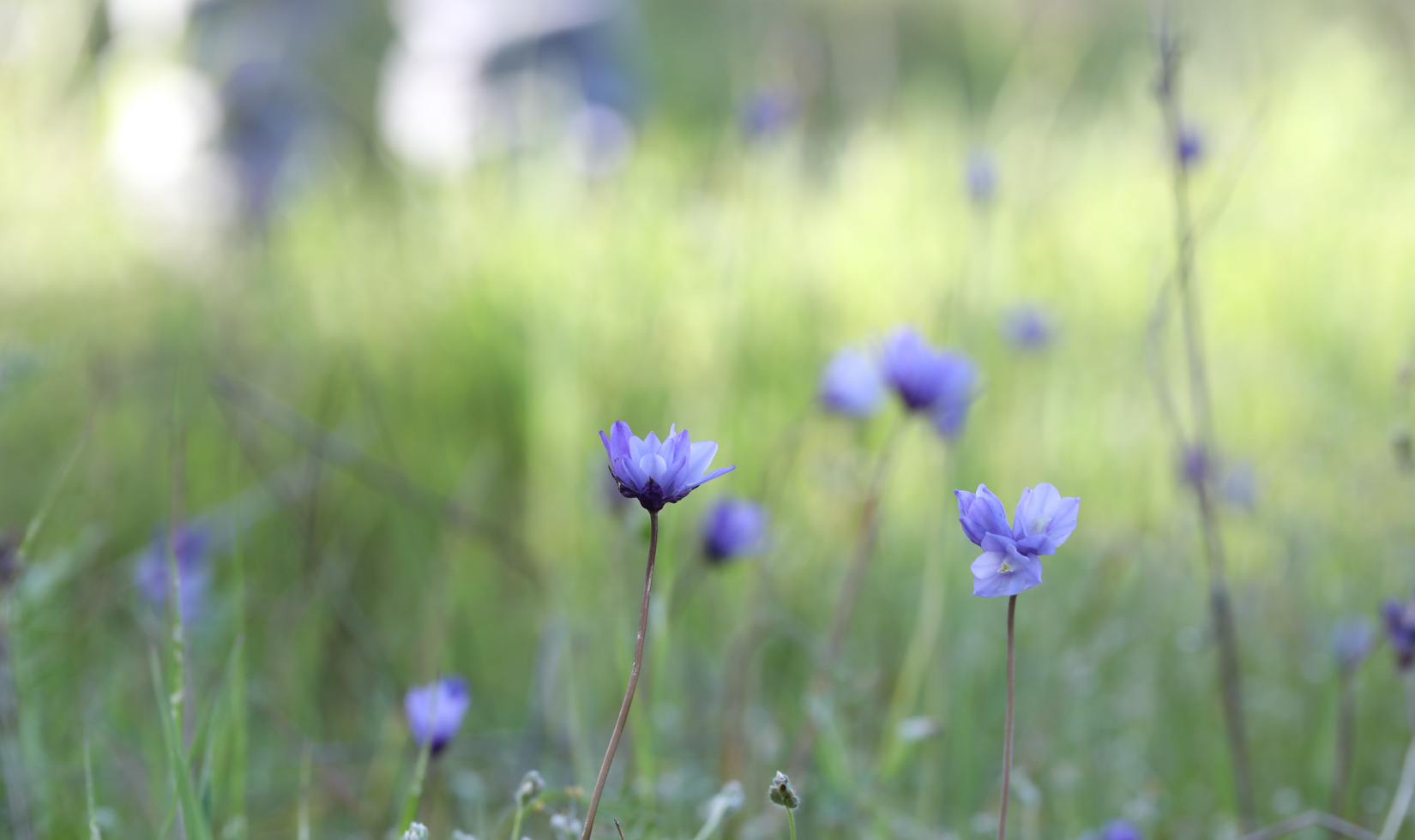
4. Leave some plants for next time.
Responsible, sustainable foraging is a must, especially when you’re pulling natural material from a finite space. Knoll says he tries to leave at least 20 percent of every wild ingredient, so the edibles have an opportunity to grow again.
